-
Kavan Javanroodi, Mohammadjavad Mahdavinejada, Vahid M. Nik, In Applied Energy 231 (2018) 714–746
Impacts of urban morphology on reducing cooling load and increasing ventilation potential in hot-arid climate
"
107-2 Seminar IV 2019/3/11
Outline
Introduction
[Background]
- Overpopulation + urbanization → energy consumption ↑ = carbon emission ↑ inf. CC.
- Basic unit: building energy usage = HVAC + lightening + power → inf. by urban climate
- Ex. Urban Heat Island effect → cooling energy consumption → heat waste → vicious cycle ↑
[Research site: Tehran, Iran]
- Urban population in Iran >> global average growth rate (74%).
- Energy consumption per capita in Iran is five times higher than the world average.
Introduction
[Literature Review]
- Focus on urban morphology on energy demand and wind potential for ventilation.
-
3 approaches in modeling urban morphology:
(1) hypothetical configurations,
(2) real-site configurations or (3) both configurations. -
4 methods for simulating thermal behavior and ventilation potential:
(1) observations in real-sites,
(2) real-site measurement,
(3) experiments in the laboratory scale
(4) numerical methods.
Introduction
[Literature Review]
-
6 most influencing parameters of urban morphology that should be taken into account to save energy for cooling are:
(1) urban density or compactness
(2) building form or geometry in neighborhoods
(3) streets or canopies geometry
(4) H/W ratio (building height divided by street width)
(5) shading obstacles (trees or adjacent buildings) or devices
(6) buildings orientation (= facade = feng-shui)
Introduction
[Research Question]
- WHY?
Vicious cycle of energy demand and micro climate.
- HOW?
Invent a new modeling way "Building Modular Cell (BMC)" to simulate.
- WHAT?
To know the best urban configurations on reducing cooling load and increasing ventilation potential and its impact in hot arid climate
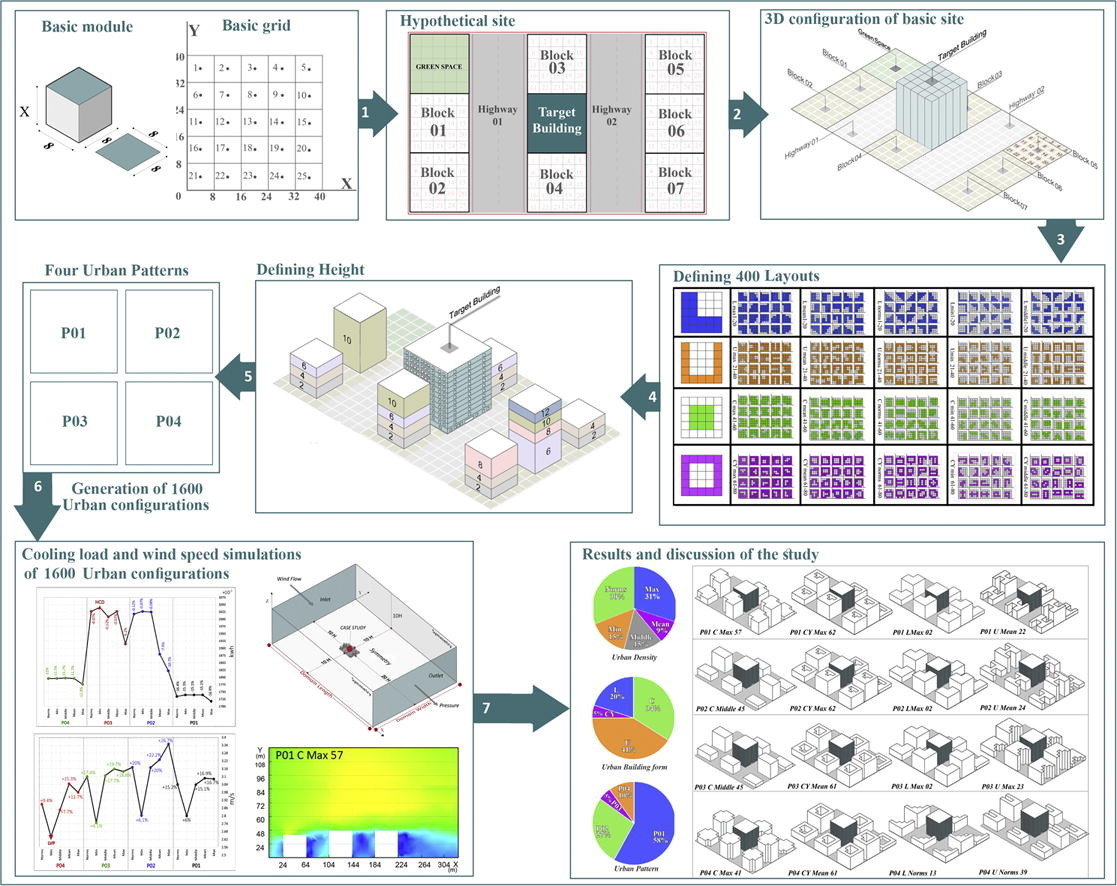
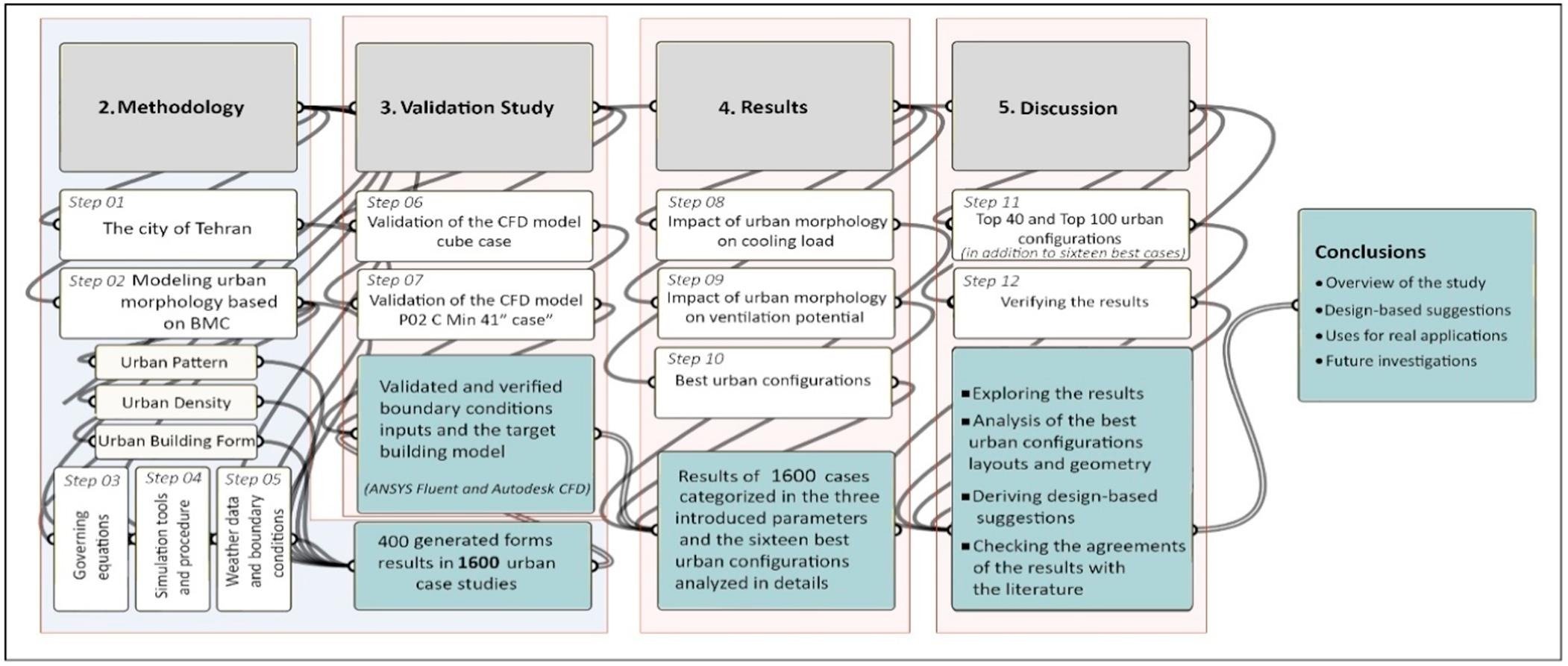
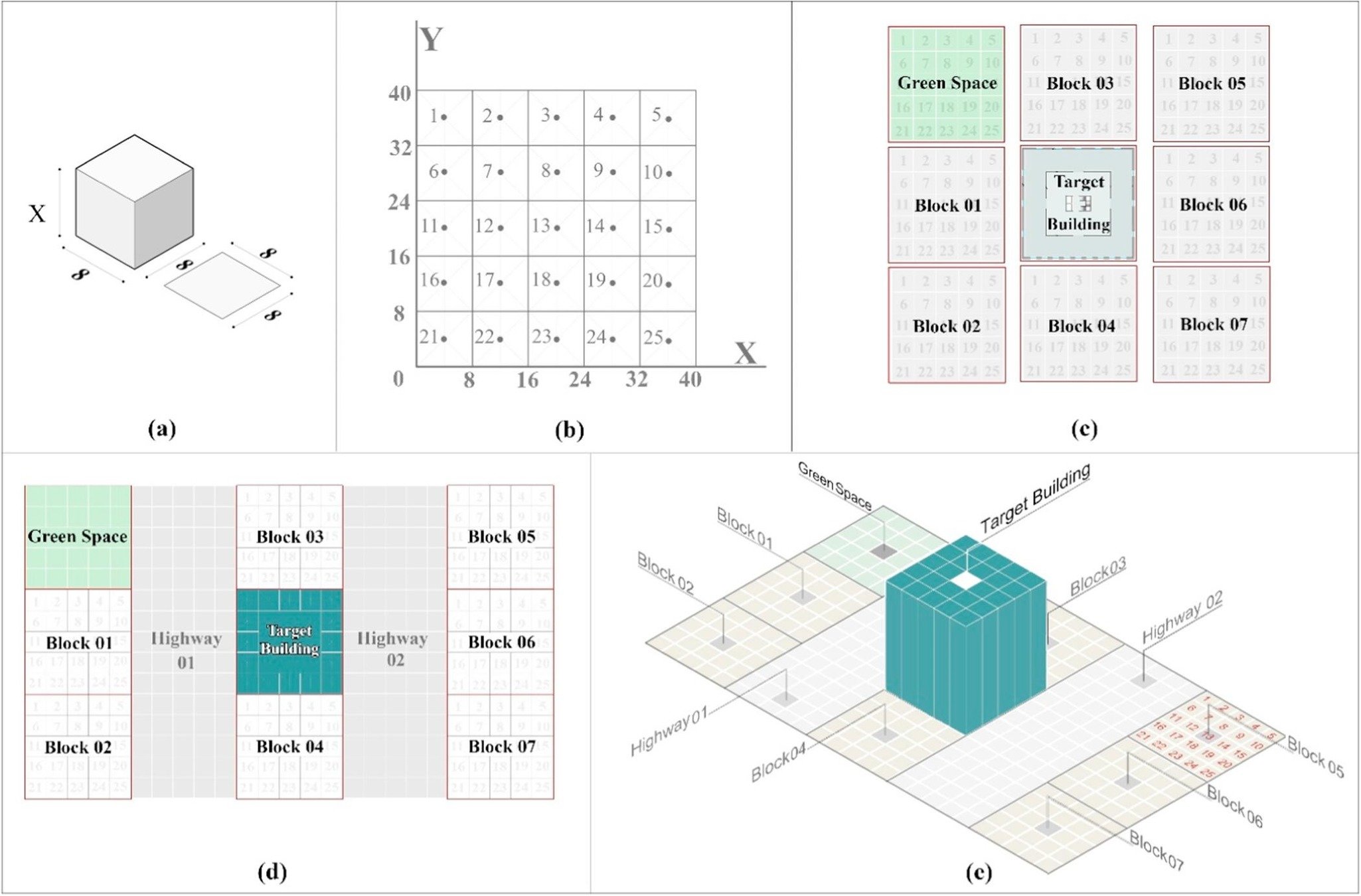

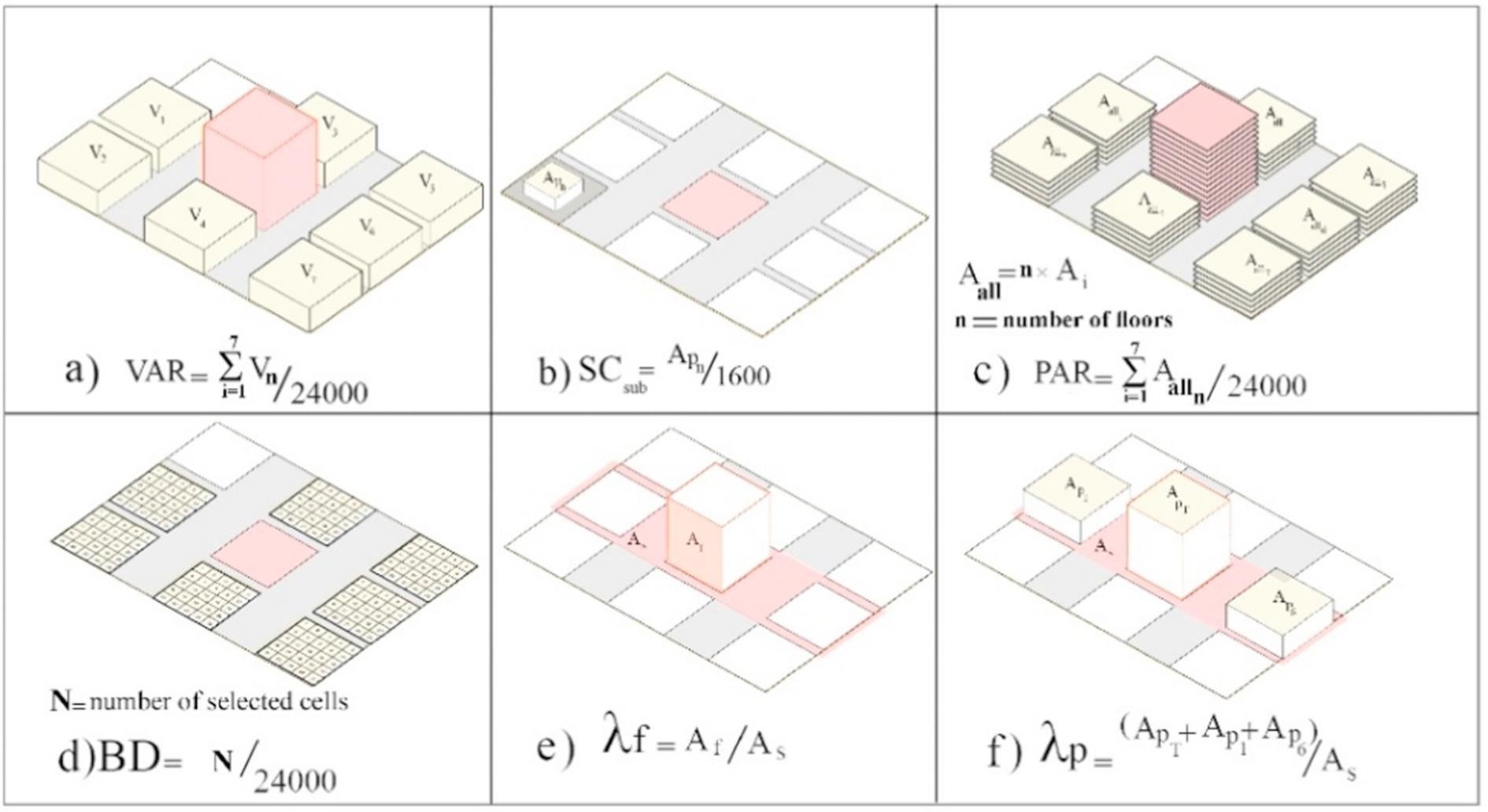
Urban density

-
建築環境總面積(TBEA, Total Built Environment Area)
-
都市開放空間總面積(TAUO, Total Area of Urban Open spaces)
-
都市建物總面積(TAUB, Total Area of Urban Buildings)
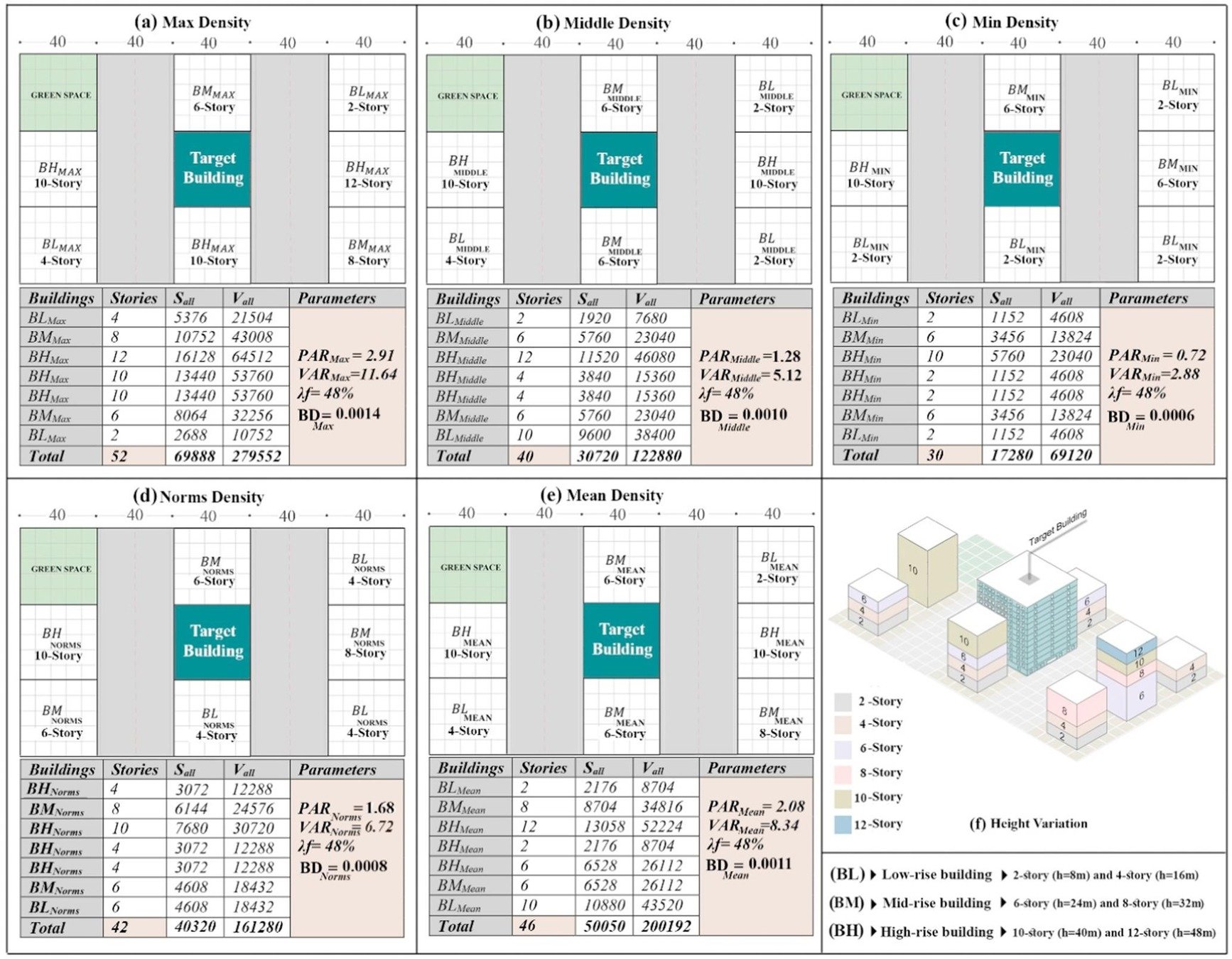
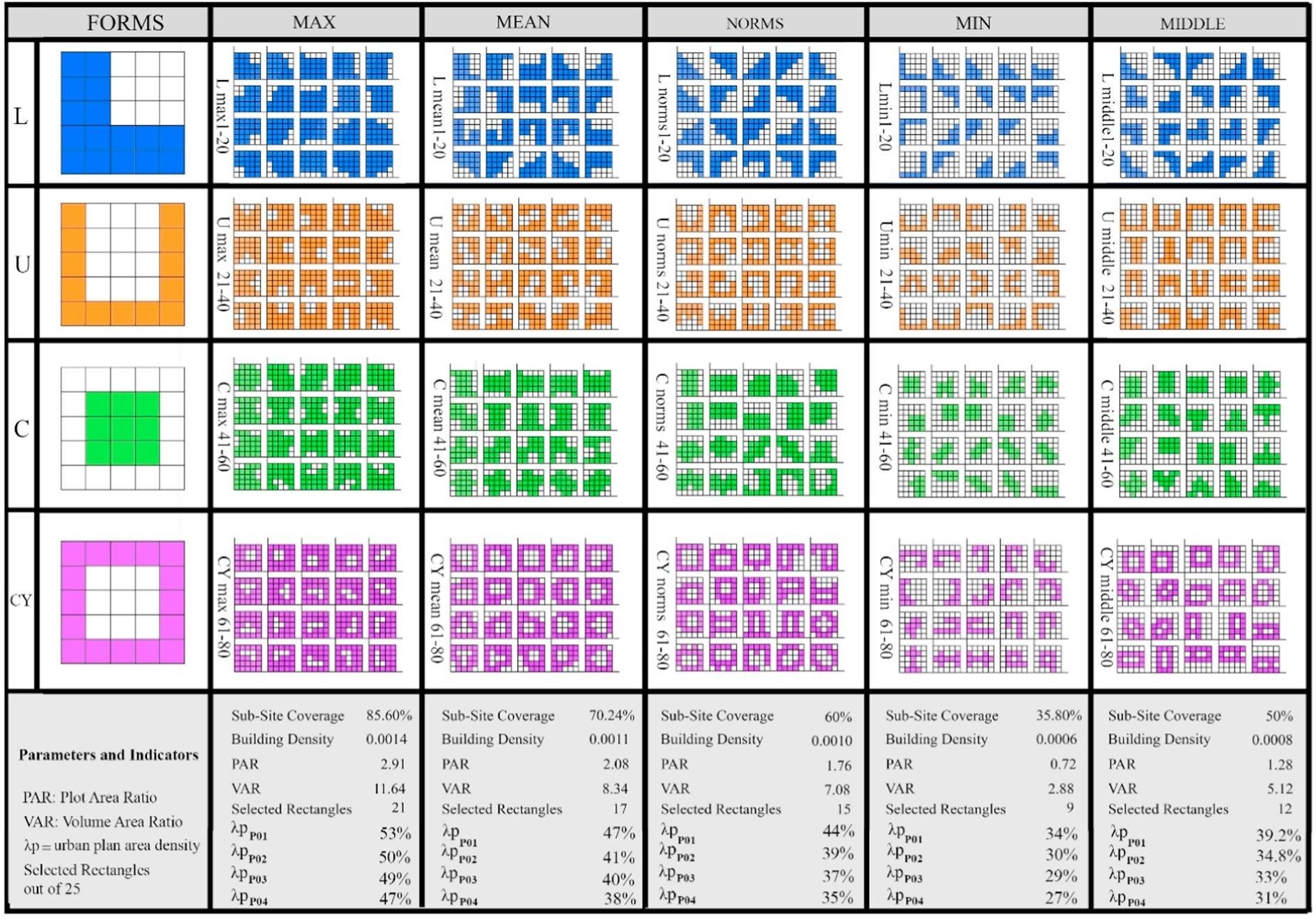
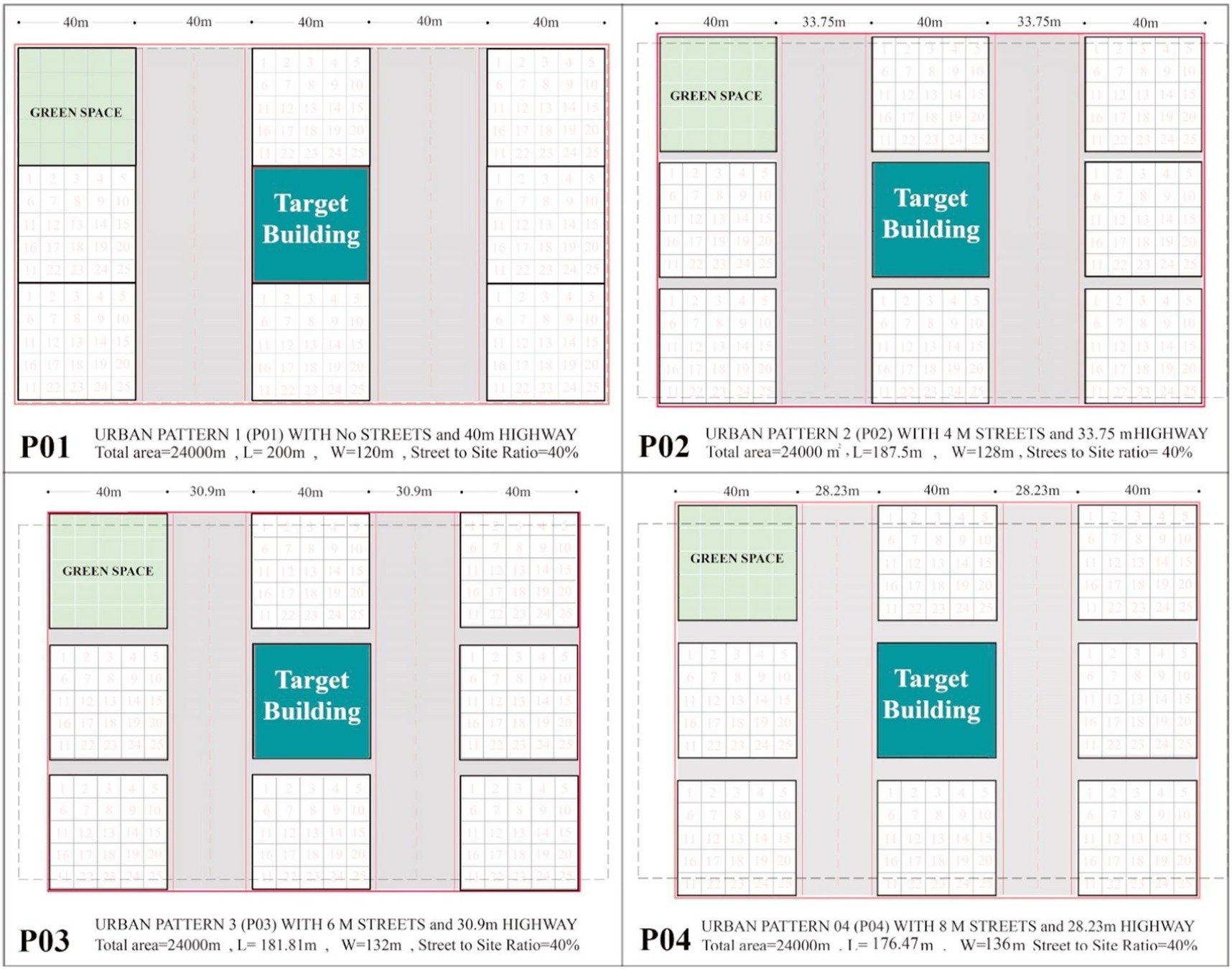
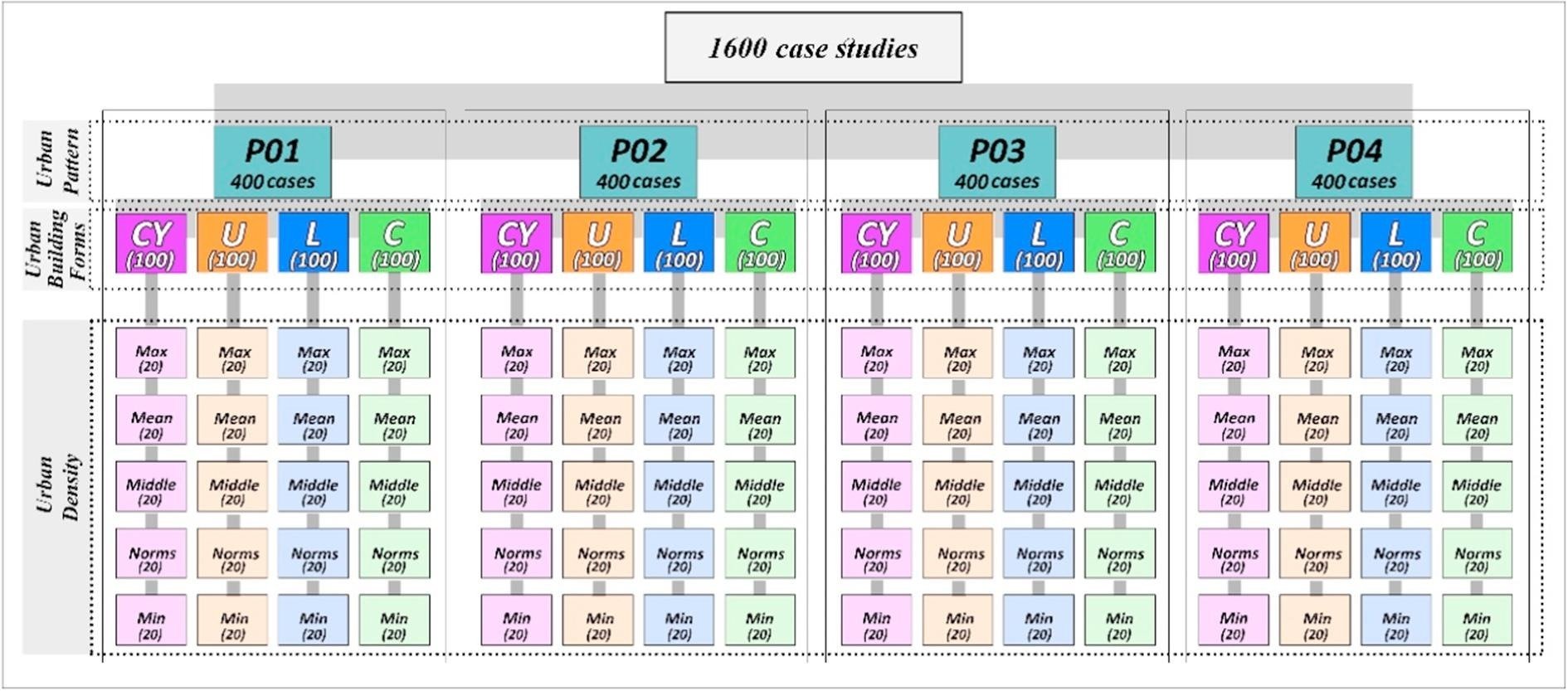
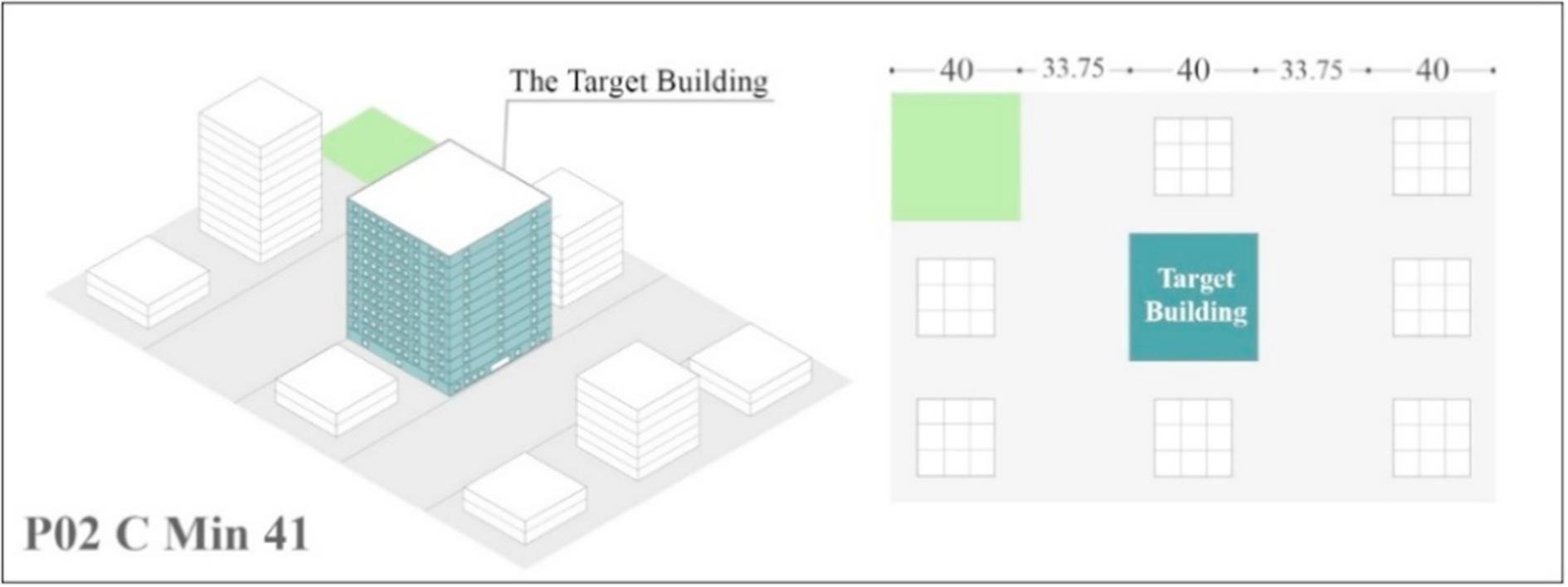
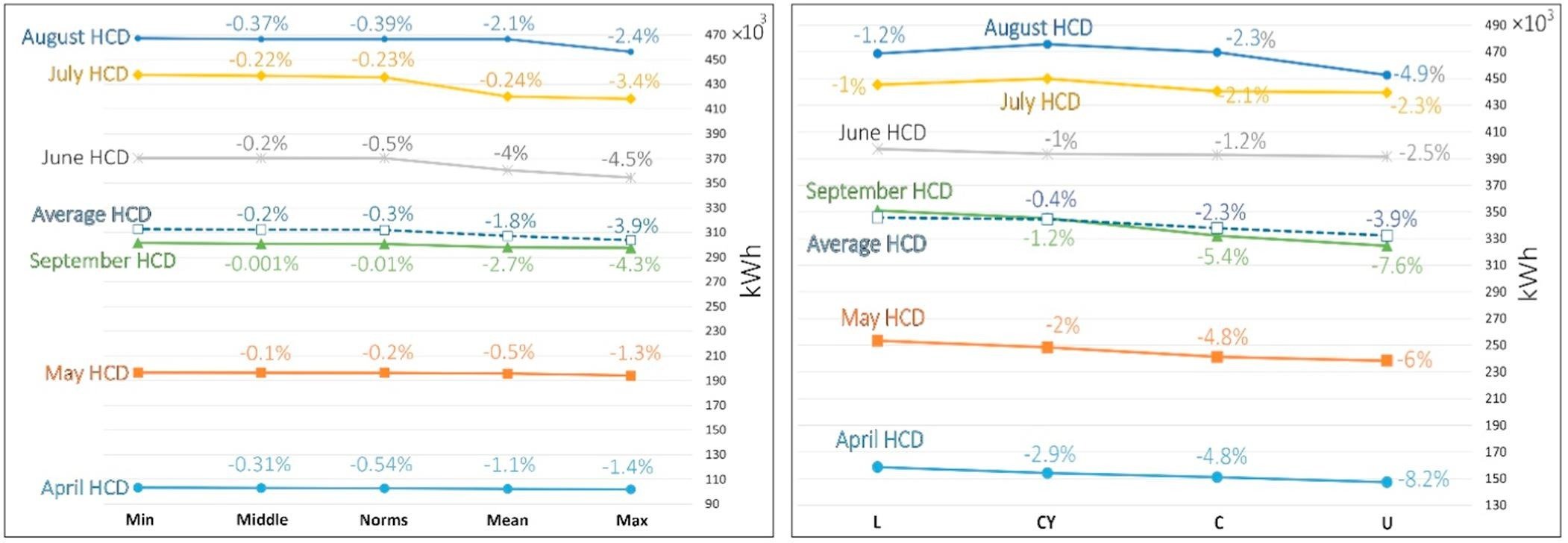
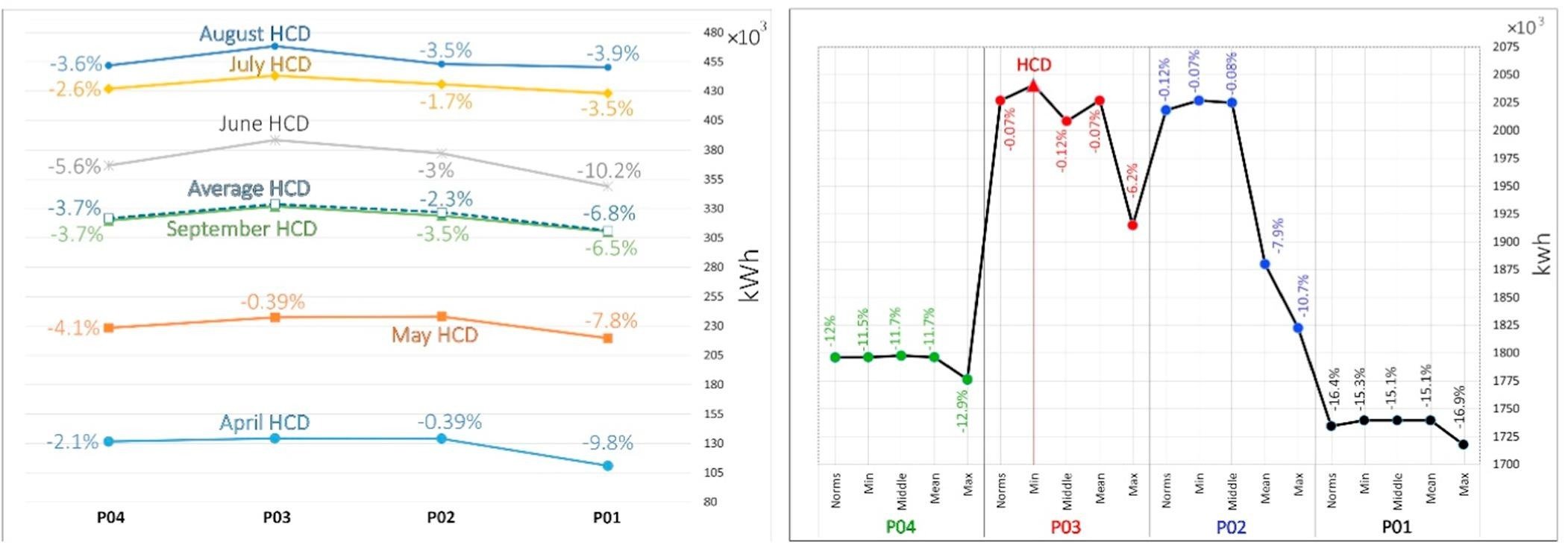
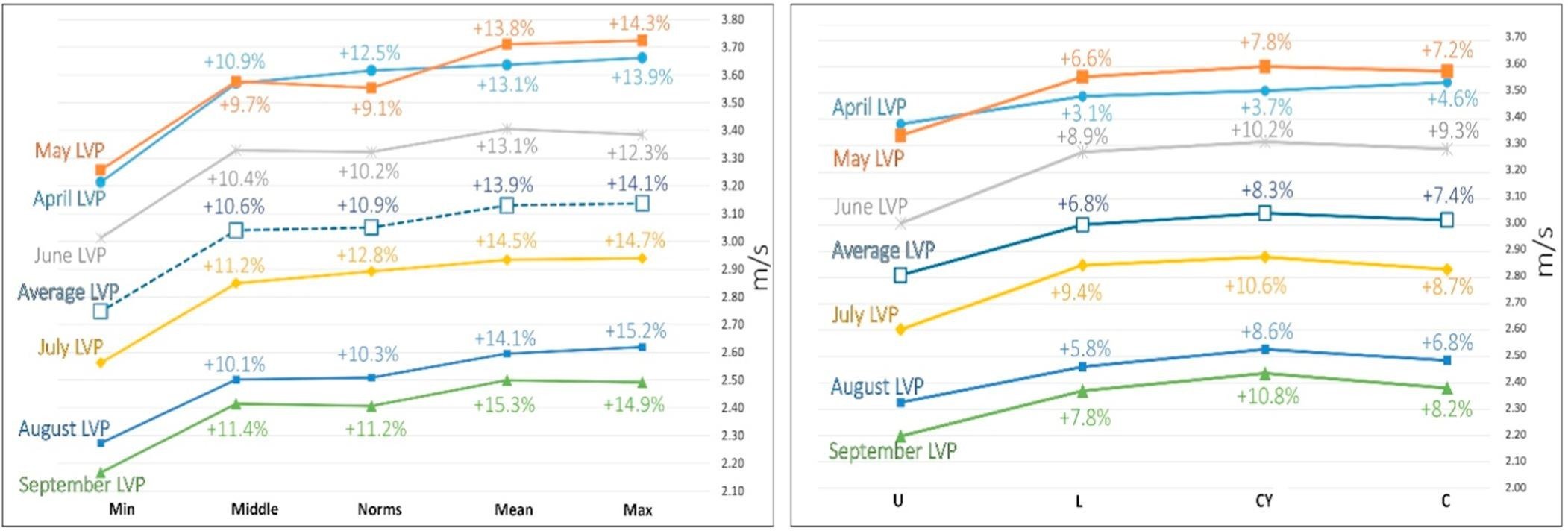
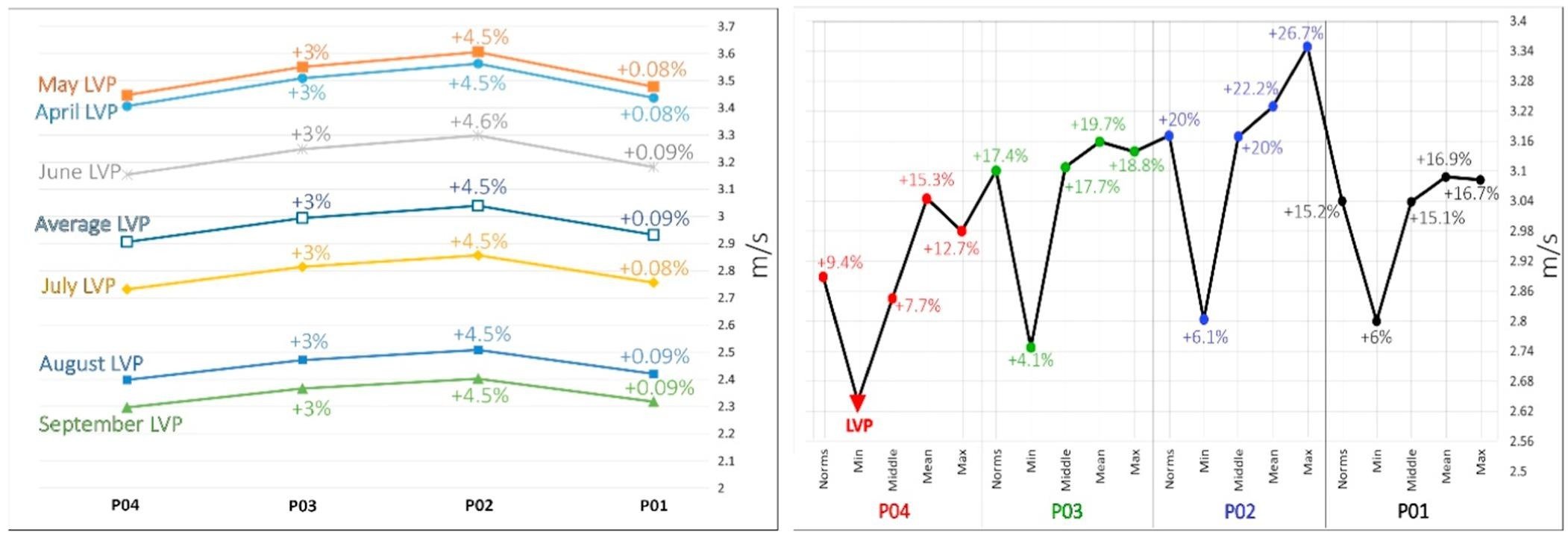
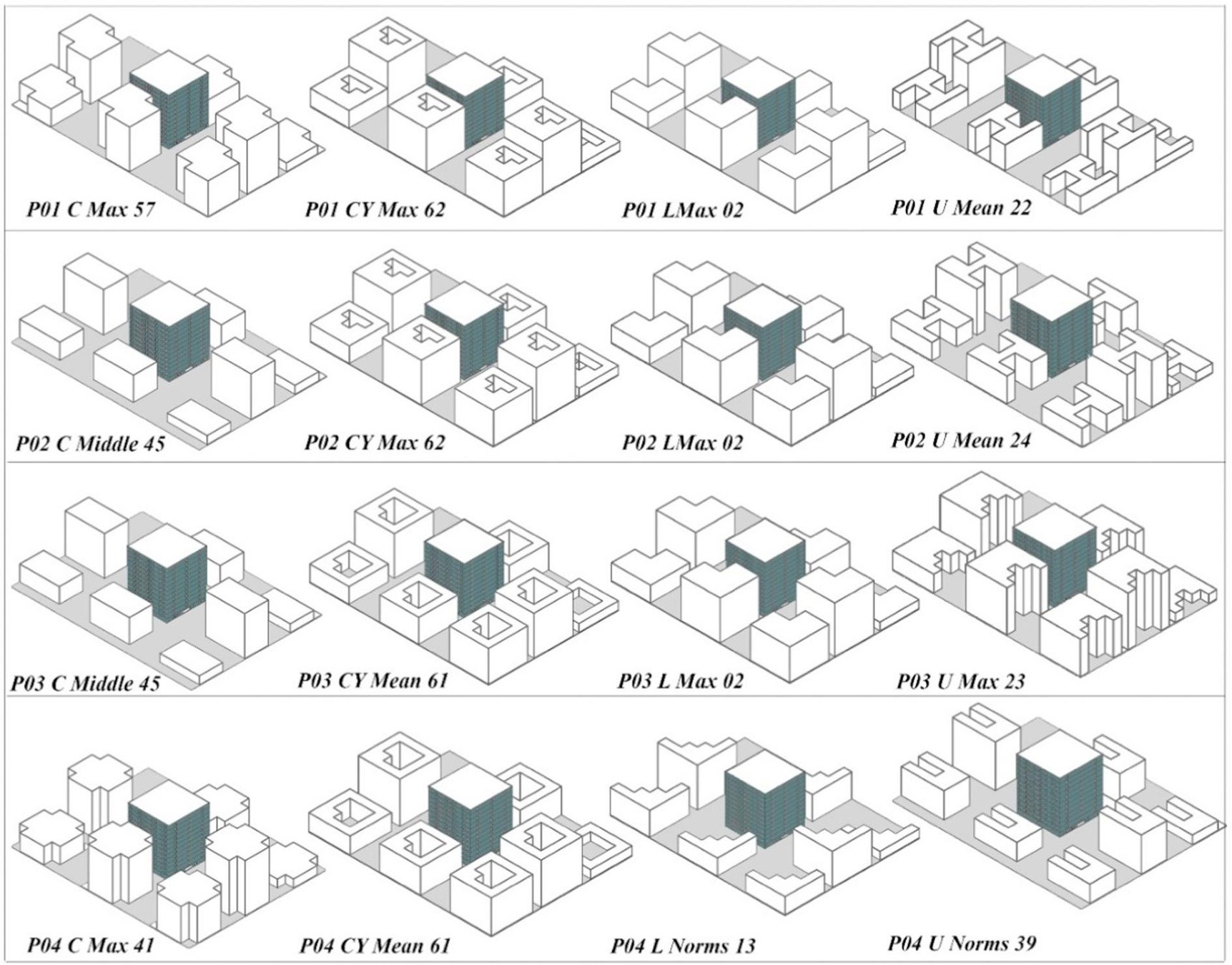
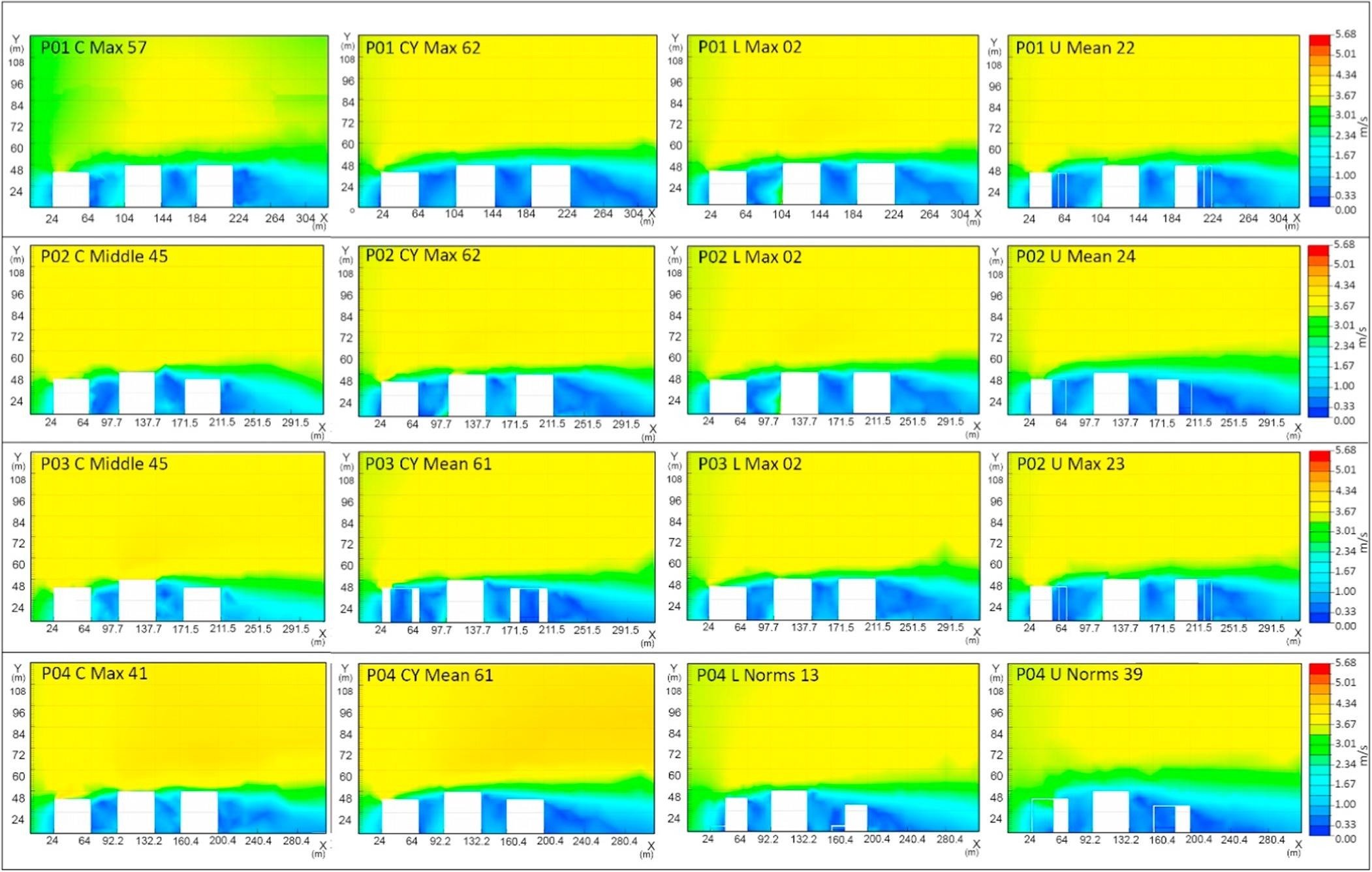
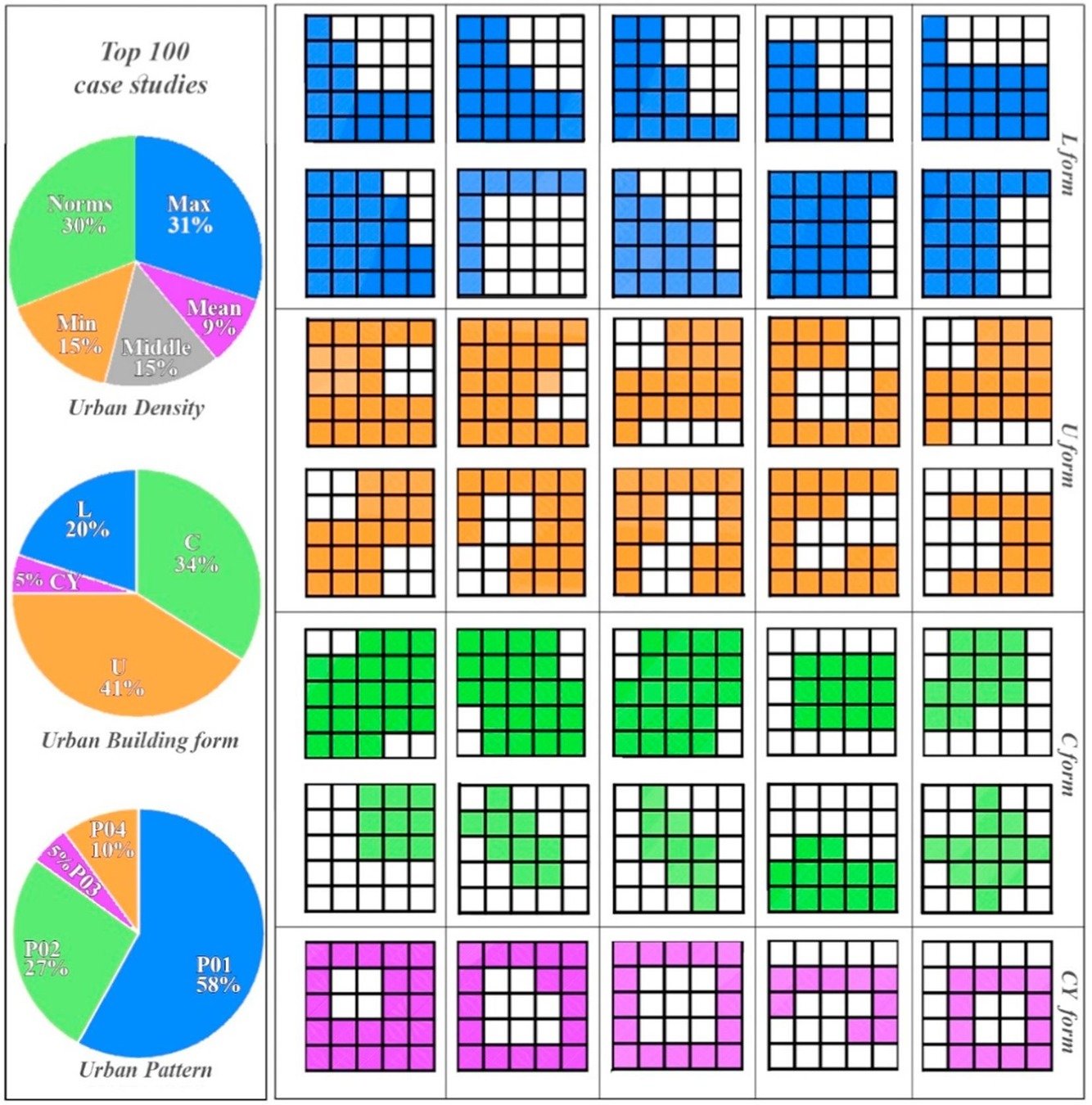
Q&A

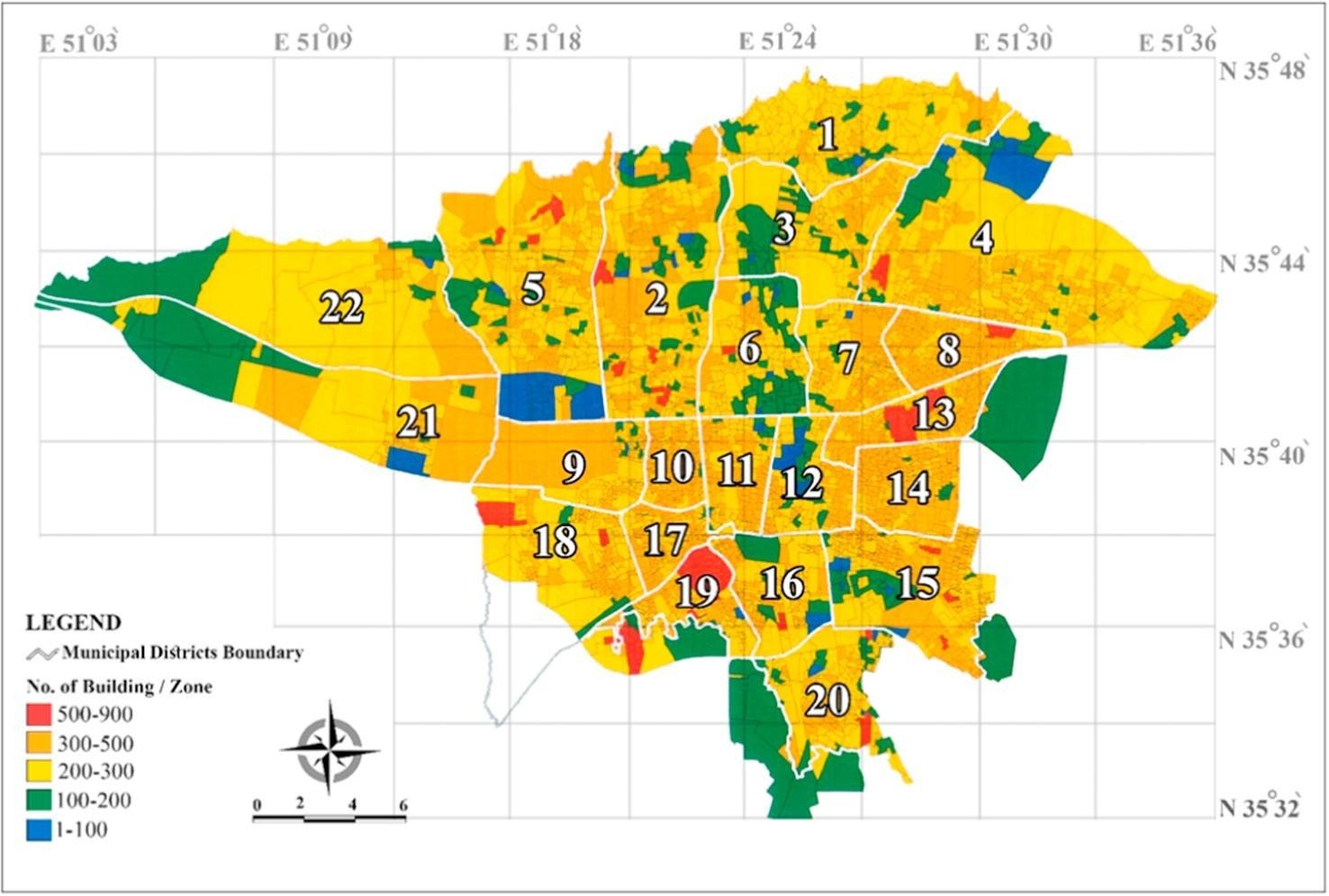
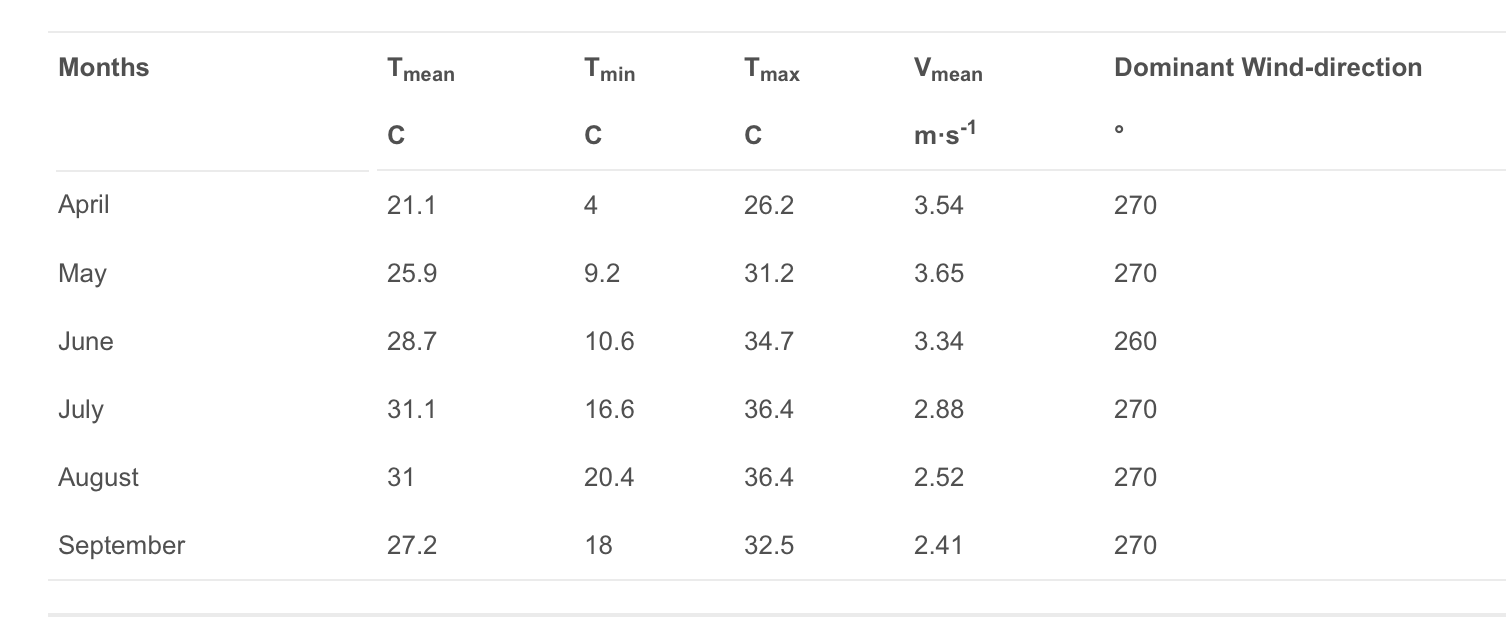
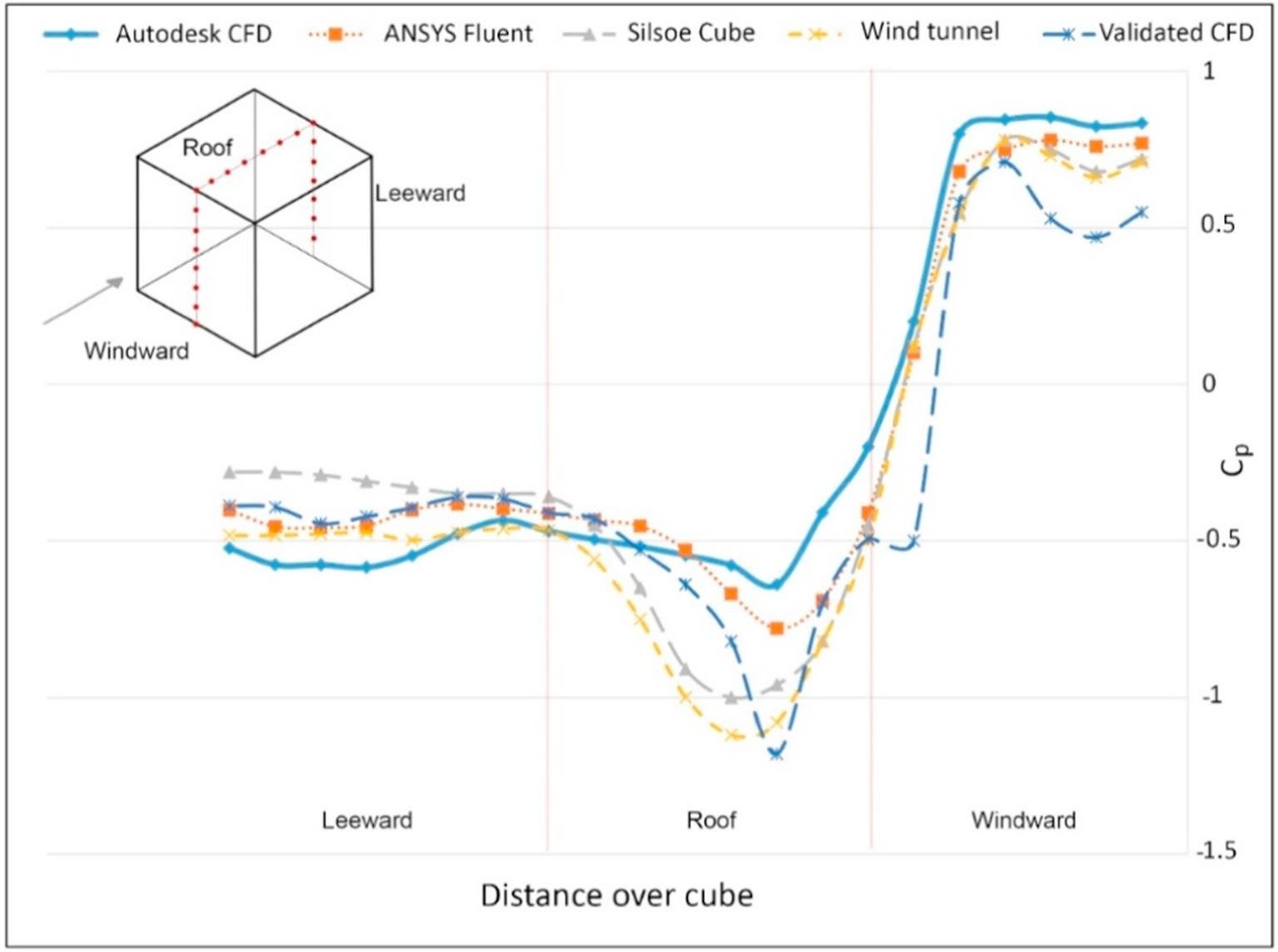
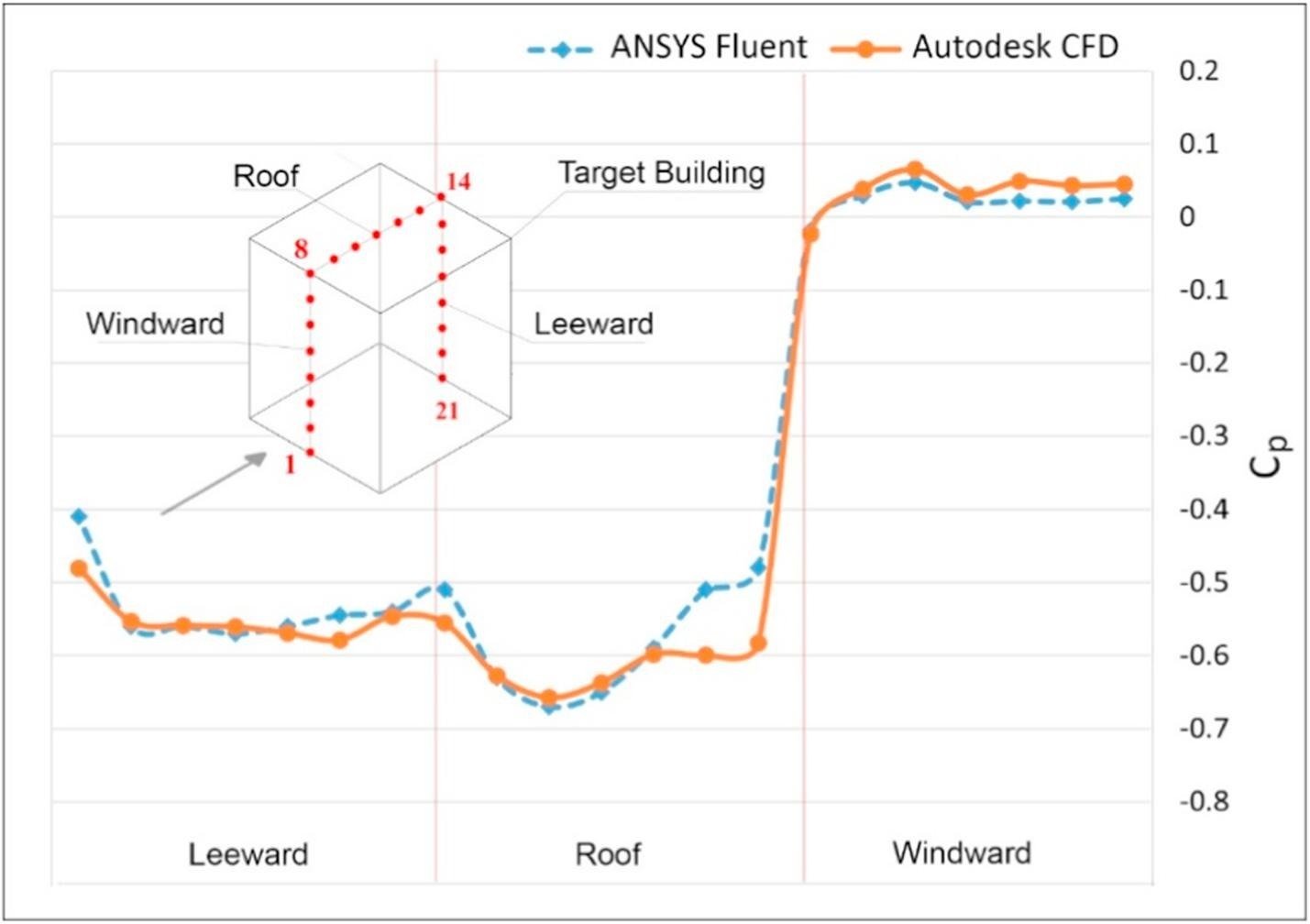
20190311_Seminar IV
By Victor Ho
20190311_Seminar IV
- 1,056



